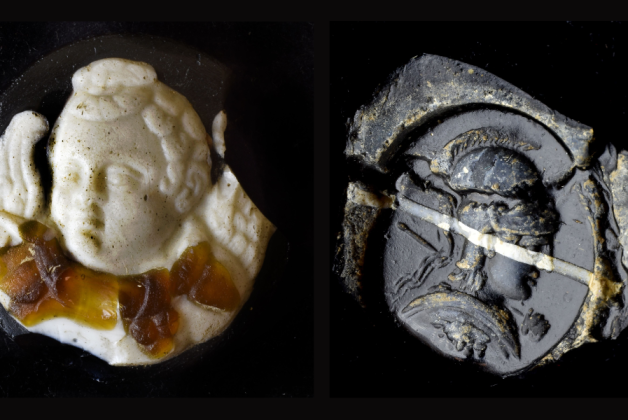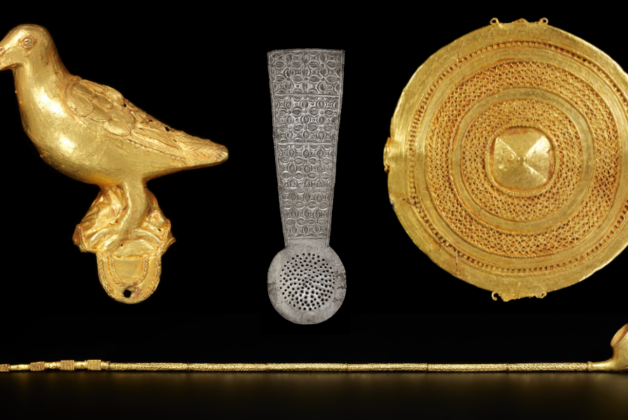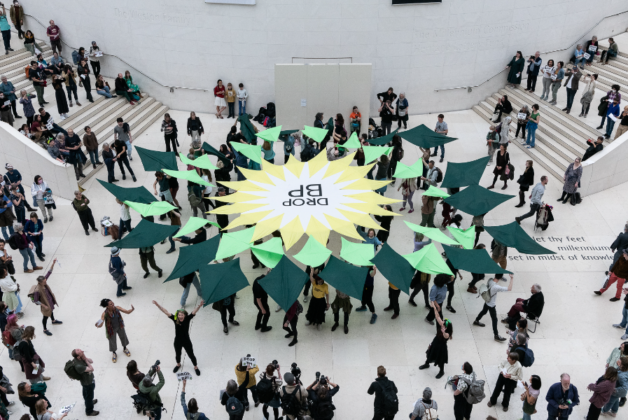The British Museum says public metal-detecting has contributed to archaeological finds and treasure cases across England, Wales and Northern Ireland
There were more than 53,000 archaeological finds and 1,300 Treasure cases in 2022 – the highest ever reported in a single year across England, Wales, and Northern Ireland.
The record-breaking figures come from the British Museum’s latest Portable Antiquities Scheme (PAS) Annual Report. It says members of the public, namely those metal detecting on cultivated land, have most contributed to the increase in finds.
In the UK the definition of Treasure is any metallic object, with at least 10% of its weight being gold or silver, that is at least 300 years old when found. Last year the definition was updated. If found after 30 July 2023, an object may be potential Treasure if it does not meet the above criteria but is made at least partially of metal, is at least 200 years old, and provides insight into an aspect of national or regional history, archaeology or culture by its rarity, the location in which it was found, or its connection with a particular person or event.

The counties recording the most PAS finds in 2022 were Lincolnshire (5,101), Norfolk (4,265), and Suffolk (2,727) – all agricultural counties where detecting is popular. In the same period, Norfolk (95), Hampshire (83), and Kent (81) had the highest number of Treasure finds.
Among notable finds, the British Museum highlights a carved bone rosary bead, a 3,000-year-old gold ‘dress fastener’ from Staffordshire, and a hoard of 26 Iron Age gold coins found at East Garston, West Berkshire.
Mark Jones, Interim Director of the British Museum, thanked the metal-detecting community in particular for its efforts.
He added: “The British Museum is proud of its role managing the Portable Antiquities Scheme and overseeing the administration of the Treasure Act 1996 in England.”
Pippa Pearce MBE, Senior Conservator at the British Museum added: “Many of the hoards brought to the Museum require cleaning before they can be studied by curators. Every coin is a miniature document. To be understood, it has to be read and the role of conservation is to make this possible, revealing the hidden detail from beneath the concretions and corrosion built up during burial.”





